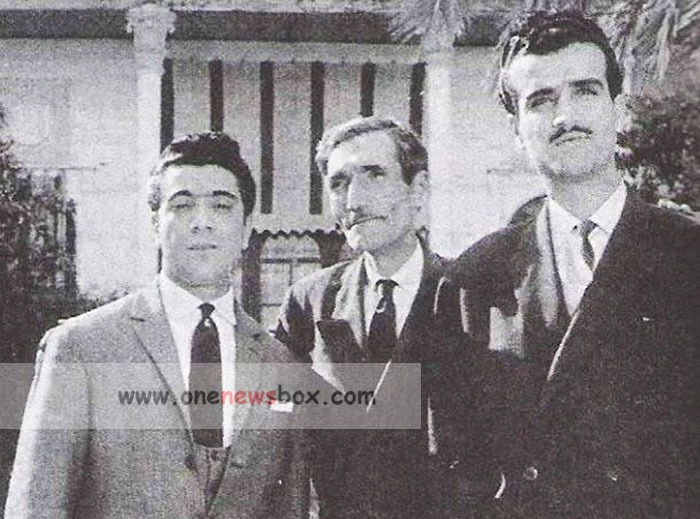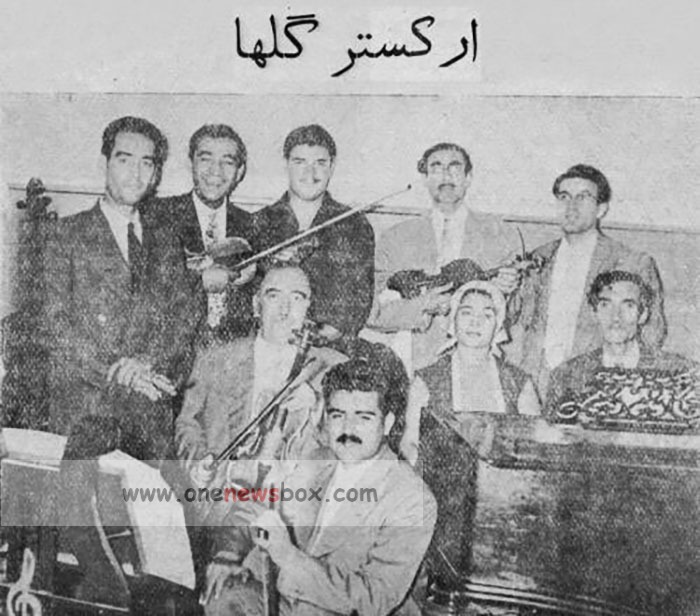For many years, he was the piano soloist in the “Golha” program, a series of radio broadcasts that presented Persian poetry and music. His piano accompaniments to vocal performances, especially those by Gholam Hossein Banan, set a high standard for Persian music. His ability to match the singer’s mood and expression with his piano playing created an unparalleled listening experience.
Legacy and Influence
Morteza Mahjoubi’s influence on Persian music is immeasurable. His ability to tune and modify the piano for Persian music made him a pioneer in the field. He was known for his uncanny ability to tune a piano in an instant at any gathering, a skill that amazed fellow musicians.
Mansour Yahaghi once remarked that Mahjoubi’s piano tuning was so precise and meticulous that it was like a “resurrection of sound.” His attention to solfege and phonetics made him a true master of Persian music. The combination of his skillful tuning and expressive playing made his performances unforgettable.
One of the most significant aspects of his legacy is his collaborations with Persian poets and singers. His partnership with Gholam Hossein Banan and poet Rahi Moeiri produced some of the most iconic pieces in Persian music history. Fereydoon Moshiri, another celebrated Persian poet, wrote about the magical synergy between Mahjoubi and Banan, describing their collaboration as a perfect harmony of poetry and music.
Morteza Mahjoubi holds a unique place in the history of Iranian music. He is regarded as the first musician to adapt the piano—a purely classical and European instrument—to the traditional styles of Persian instruments such as the tar, setar, and santur. His approach to playing the piano was entirely unprecedented, as he tuned the instrument to match the microtonal scales and intervals characteristic of Iranian music. This groundbreaking innovation allowed him to integrate the piano seamlessly into the Persian musical tradition.
Mahjoubi’s virtuosity on the piano was legendary. His expertise in tuning the instrument, a time-consuming and intricate process, was so profound that he could complete the task with remarkable speed and precision. At a time when music recording technology had not yet been introduced in Iran, Mahjoubi frequently traveled to Lebanon and Syria to record his works. These trips resulted in the production of over 100 gramophone records, many of which remain invaluable pieces of Iran’s musical heritage.


